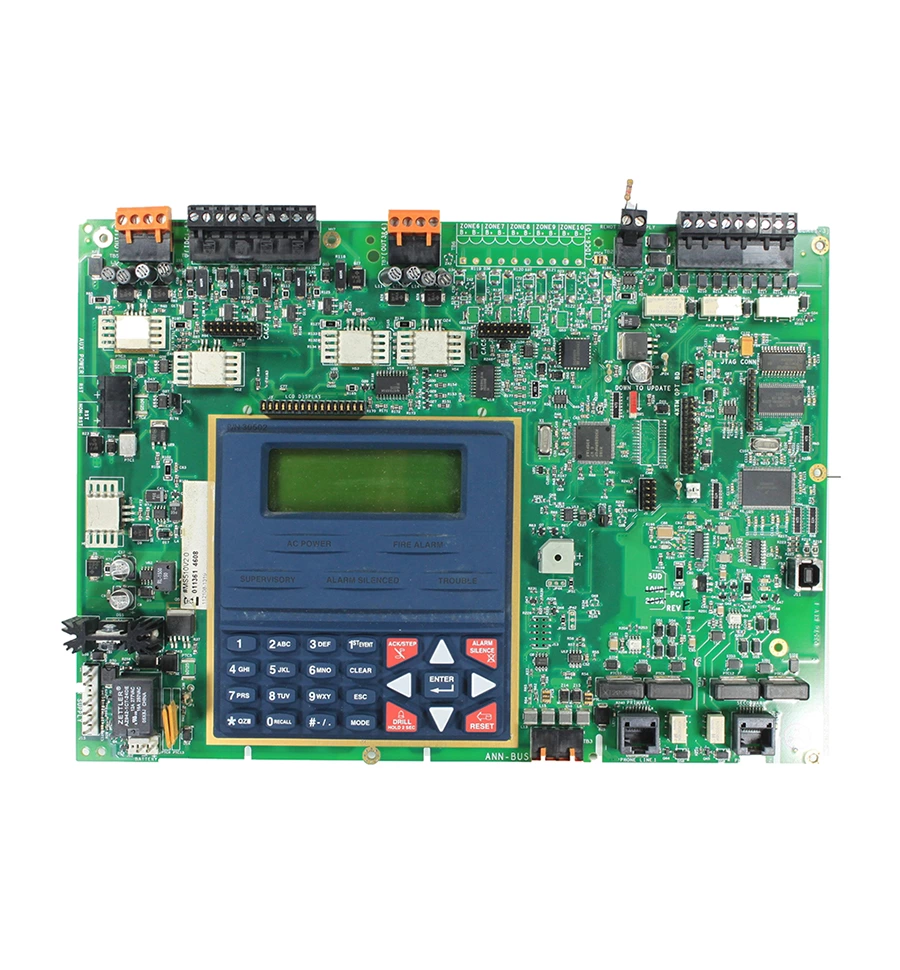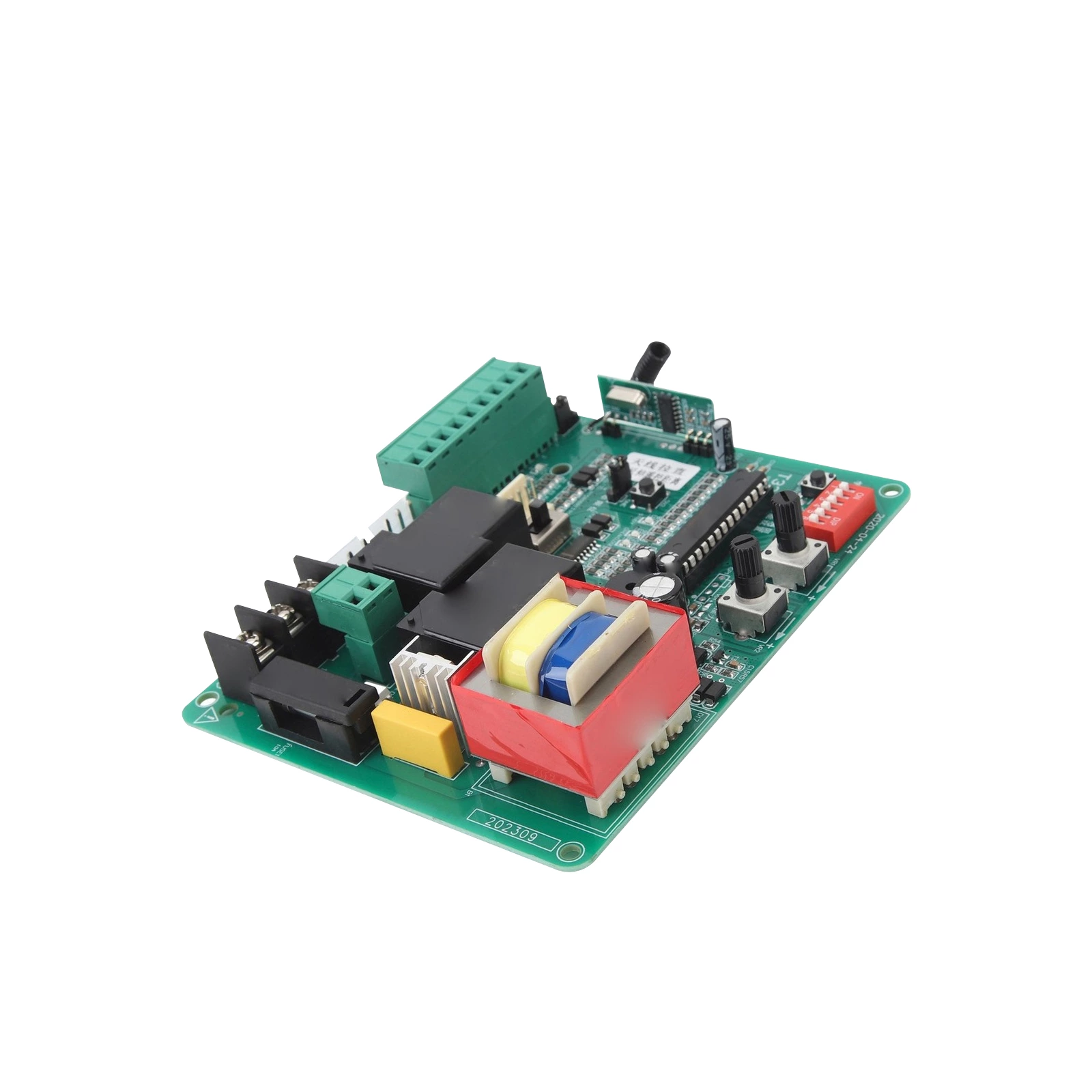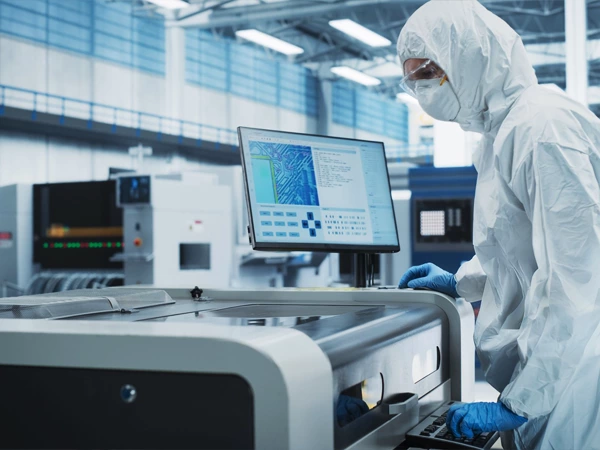SMT vs. SMD vs. THT: TECOO's Comprehensive Guide to PCB Assembly Excellence
In today's rapidly evolving world of electronics, everything from smartphones to industrial controllers relies on precision-printed circuit boards (PCBs). PCB assembly technology directly determines product performance, size, and cost. At TECOO, with extensive experience in PCB file extraction, circuit analysis, and end-to-end PCBA cloning and mass production, we understand the critical importance of choosing the right assembly technology.
This article provides an in-depth analysis of three major electronics assembly technologies: surface mount technology (SMT), surface mount devices (SMD), and through-hole technology (THT), helping you make informed decisions early in your project.
SMT vs. SMD — Clarifying the Key Difference
Many people confuse SMT and SMD, but they refer to different aspects of the assembly process:
- SMD (surface mount device): refers to the component itself. These components are designed with metalized pads or terminals for direct soldering to the surface of a PCB. They are typically small and lightweight.
- SMT (surface mount technology): refers to the process and technology used to assemble these SMD components. It is a complete production process encompassing steps such as solder paste printing, component placement, reflow soldering, and testing.
Simply put: SMD is the "actor," while SMT is the "director and stagehand," working together to create a spectacular performance.
In-Depth Comparison of the Three Major Assembly Technologies
1. SMT (Surface Mount Technology)
SMT is the mainstream technology in modern electronic assembly, used by the vast majority of consumer electronics and commercial devices.
Process: Solder paste printing → SMD component placement → Reflow soldering → Cleaning and testing.
Advantages:
- High density: Allows components to be mounted on both sides of the PCB, significantly improving space utilization and enabling smaller products.
- High performance: Shorter leads reduce parasitic inductance and capacitance, improving high-frequency performance.
- Automation and efficiency: Fully automated placement machines achieve high-speed, precise placement, making SMT ideal for large-scale mass production.
- Cost-effectiveness: Lower overall cost in mass production.
Disadvantages:
- Requires extremely high solder joint quality and process control.
- Repairing or manually replacing components is more difficult than with THT.
Typical applications: Smartphones, laptops, tablets, IoT devices, and more.
TECOO's Expertise: During PCBA cloning and mass production, we rely on advanced SMT production lines to ensure consistent performance and reliable delivery cycles matching the original design. When you require us to generate and optimize a BOM based on an existing board, we prioritize components that can be packaged in SMT to optimize your supply chain and production efficiency.
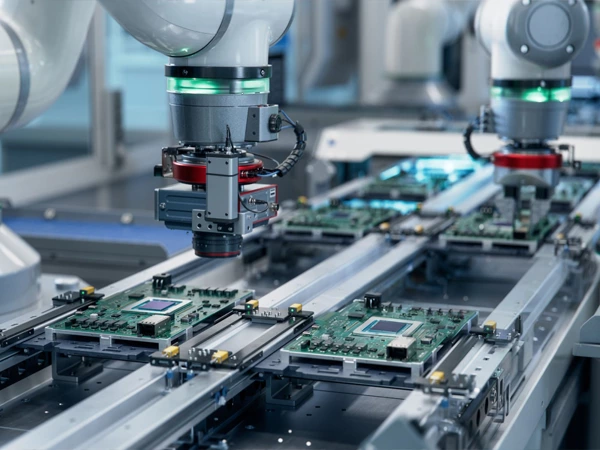
2. THT (Through-Hole Technology)
THT is a more traditional, yet still indispensable, technology. Components with long leads are inserted into pre-drilled holes in the PCB and then soldered on the other side.
Process: Component insertion → Wave soldering → Lead cutting and inspection.
Advantages:
- High mechanical strength: Solder joints penetrate the board, creating a strong and reliable mechanical connection.
- Easy prototyping and repair: Ideal for manual soldering, testing, and repair.
- High-power/high-voltage applications: THT is often used for large components (such as capacitors, transformers, and connectors) that must withstand high mechanical stress.
Disadvantages:
- Large footprint: PCB holes must be drilled, and components cannot be mounted on both sides of the board, limiting circuit density.
- Low automation: Slower than SMT and relatively costly for large-scale production.
Typical applications: Power supplies, industrial control boards, military and aerospace equipment, and any field requiring extremely high reliability.
TECOO's Expertise: When performing PCB file extraction and circuit analysis for clients, we often encounter designs that mix THT and SMT. We can accurately identify these components and traces and, based on your needs, recommend retaining or optimizing the THT portions in the cloned design to ensure the product's mechanical and electrical reliability remains uncompromised.
3. SMD (Surface Mount Device)
As mentioned earlier, SMD refers to the type of component itself. These components come in a wide variety of packages, ranging from tiny resistors and capacitors to complex BGA (ball grid array) chips.
Common Package Types:
- Passive Components: Resistors and capacitors in packages such as 0201, 0402, and 0603.
- Integrated Circuits (ICs): SOIC, QFP, PLCC, BGA, etc.
- Transistors/Diodes: SOT, SOD, etc.
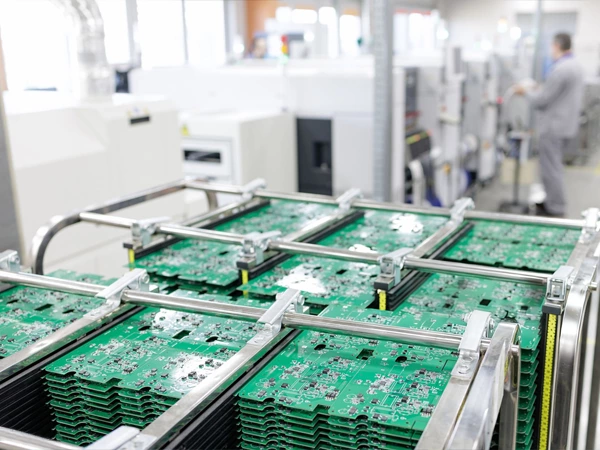
How to Choose the Right Technology for Your Project
No single technology is perfect for every situation. The best choice depends on your specific needs. Here’s a simple guide to help you decide:
| Feature | SMT | THT |
| Board Space | Limited space, high-density design | Ample space, not size-sensitive |
| Product Performance | High-frequency, high-speed applications | High-power, high-mechanical-stress applications |
| Production Scale | Large-scale production | Small batches, prototypes, or repairs |
| Budget | Low-cost mass production | Higher unit cost acceptable |
| Reliability Requirements | High (under normal conditions) | Extremely high (in harsh environments) |
In practice, most modern electronic products use a mix of SMT and THT methods — SMT for chips and small components, and THT for power connectors, large capacitors, and other mechanically demanding parts.
TECOO: Your Trusted Electronics Manufacturing Partner
At TECOO, we're more than just a manufacturer — we’re your partner in technology. We deeply understand the nuances of each assembly method and offer comprehensive support:
- Reverse Engineering and Design Recovery: When you need to iterate or repair a product but lack the original design files, our software decryption, PCB file extraction, and circuit analysis services can accurately restore your design, including all SMD and THT component information.
- Supply Chain and Cost Optimization: Through professional BOM generation and optimization, we help you identify THT components that can be replaced with SMT or source more cost-effective alternatives to control material costs.
- Seamless Mass Production: Our end-to-end PCBA cloning and mass production services integrate advanced SMT and THT production lines. Regardless of design complexity, we ensure consistency and reliability from prototype to volume production, while adhering to strict delivery schedules.
Choosing TECOO means choosing a team dedicated to saving you time and money — while providing top-quality results and reliable delivery.
Contact the TECOO team today and let our professional technology and extensive experience power your next electronics project!
